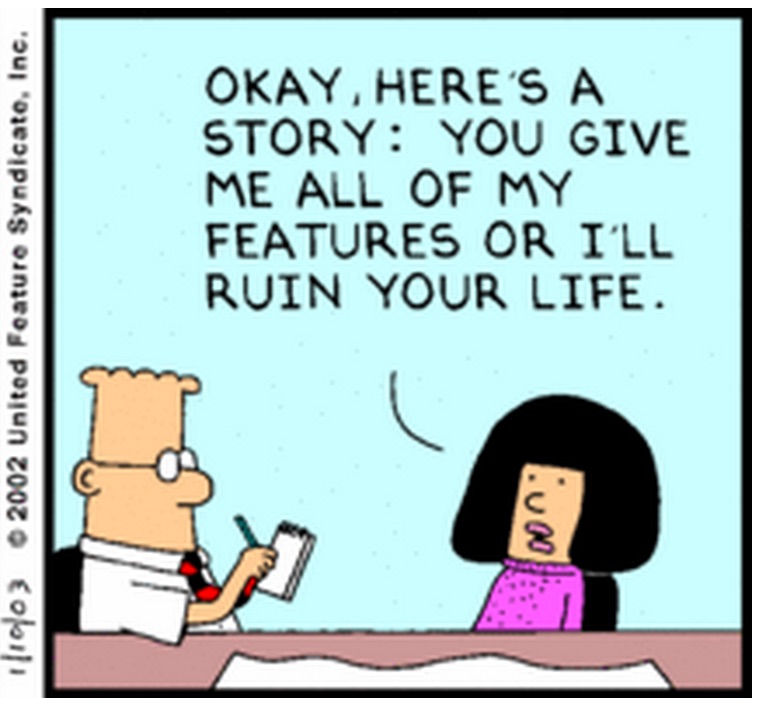
- By Ewan Sheldon
- ·
- Posted 15 Sep 2020
What is the best way to review a backlog? How do you ensure that it is "complete"? How do you ensure that the prioritisation reflects the business vision and goals?
When first faced with a backlog, you are often overwhelmed by the long list of userstories. The most important step is to set a context for these userstories. Are these userstories organised in a hierarchy of “epics”? This hierarchy will help set a context. But first we need to understand what these epics mean at the highest level. Do they represent a user’s high-level goals or are they merely there as a container for some loosely related stories?
When reviewing a backlog for completion it is vitally important that the stories are defined in a context. The context can take different forms depending on the nature of the application. For example if an application has a clear high-level flow that the user journeys along then the epics may be defined as activities in this flow and the userstories can be grouped under each epic representing the functionality required for this activity. This article by Jeff Patton presents such an approach. However, your application my exhibit a more random usage scenario. In this case epics representing high-level user goals may represent the best context for the stories. You can also provide references to other artefacts such as user journeys/wireframes to further enrich the context. This article by Scott Sehlhorst is an interesting discussion of setting a context for user stories.
This grouping of userstories by a context also helps to manage their prioritisation. You can individually prioritise stories within each epic and then also prioritise the epics. Note that just because one epic has a higher priority does not mean that all its child userstories are of a higher priority. You may discover that only the first few userstories can provide enough functionality that further work on that epic is of a lower priority then working on another epic.



Software is our passion.
We are software craftspeople. We build well-crafted software for our clients, we help developers to get better at their craft through training, coaching and mentoring, and we help companies get better at delivering software.